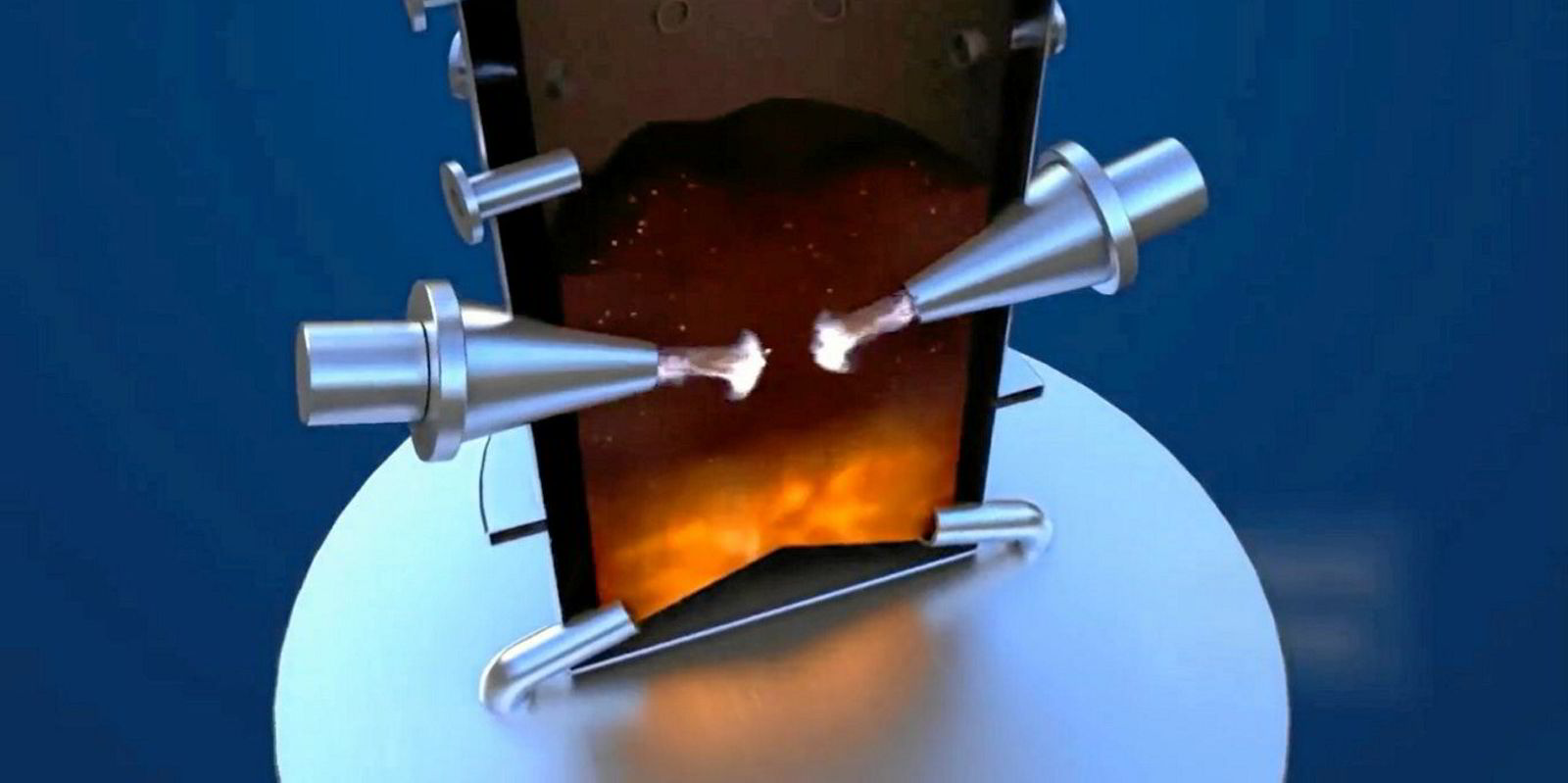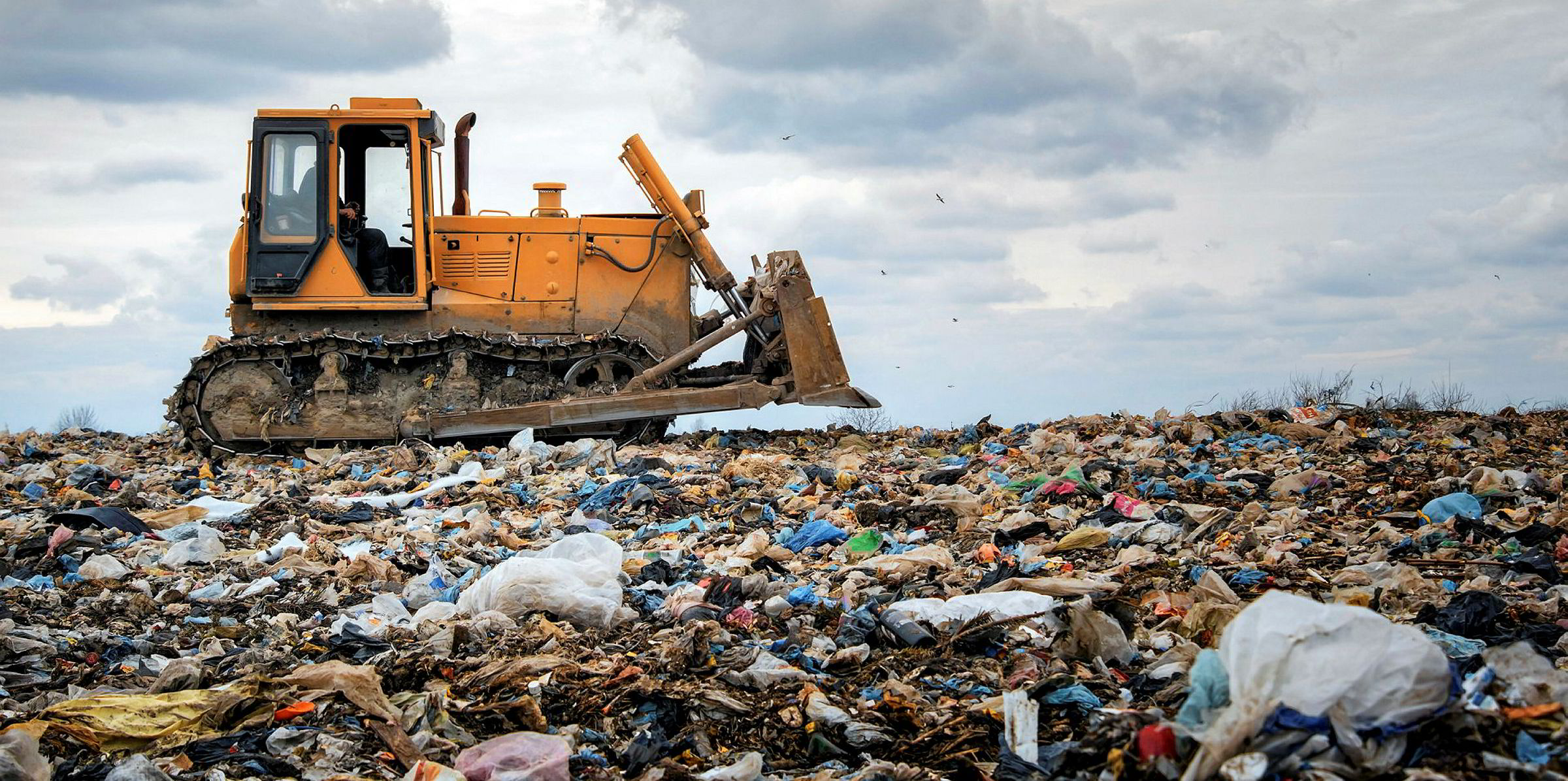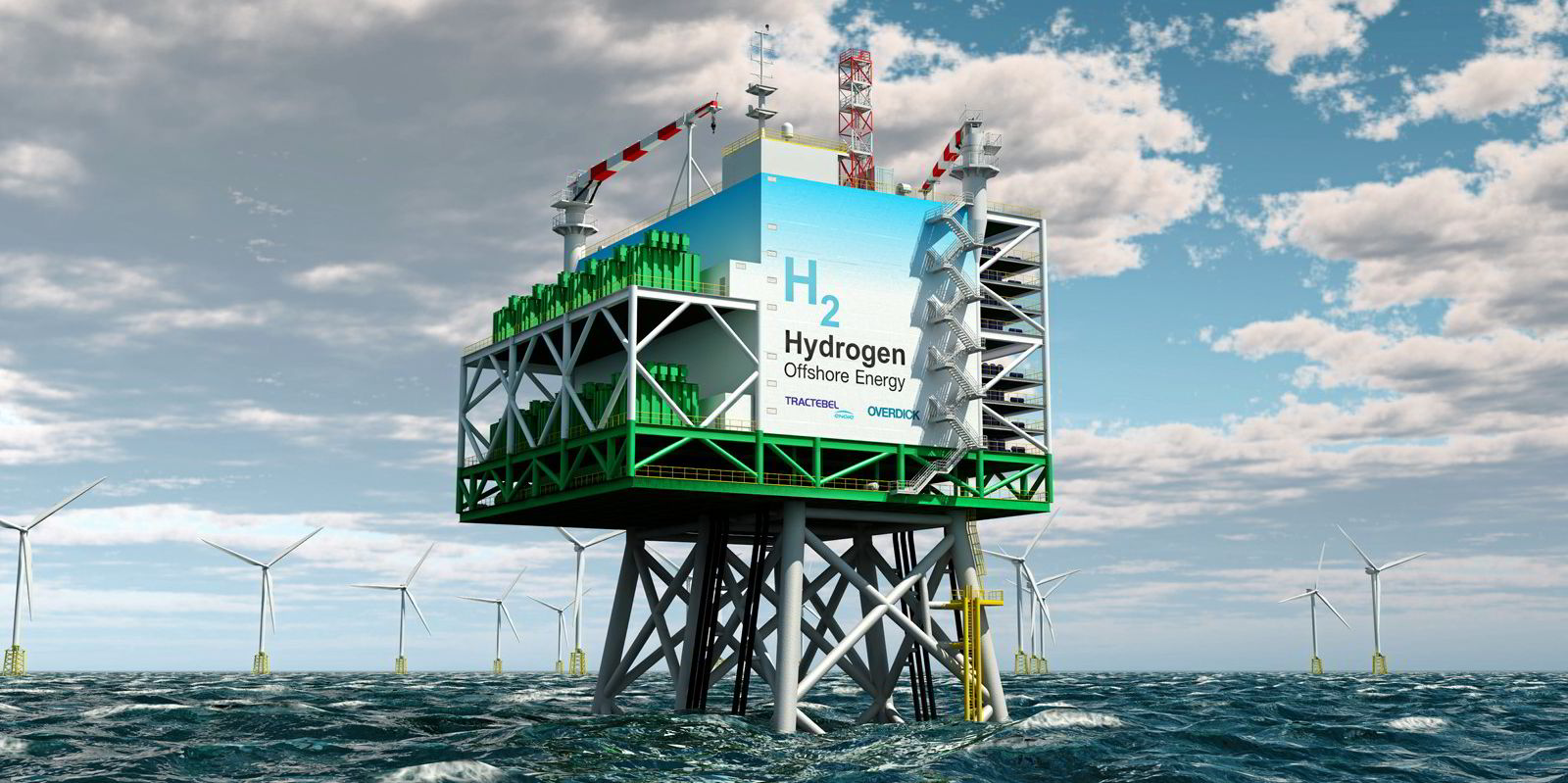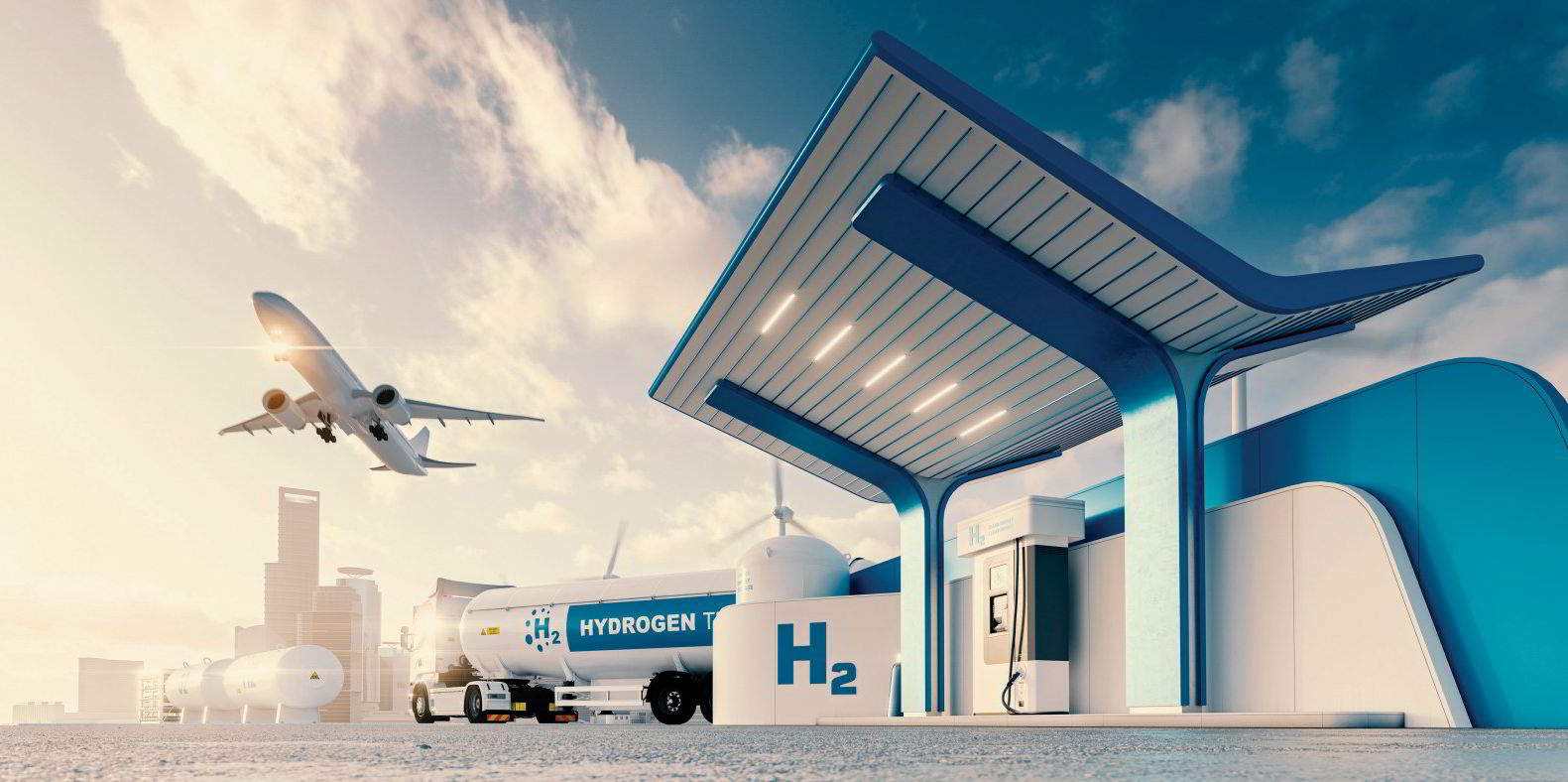Washington DC-based waste-to-hydrogen company SGH2 Energy will supply 3,850 tonnes of “greener-than-green” H2 annually to two of California's largest owners and operators of hydrogen refuelling stations under a ten-year contract.
SGH2 claims the deal, whose financial terms were not released, is the first and only long-term green hydrogen off-take agreement thus far globally. “The world is moving to green hydrogen, and we aim to accelerate that process,” said SGH2 CEO Robert Do.
The carbon-negative H2 will be produced from biogenic waste and biomass at the company's planned production facility in the City of Lancaster north of Los Angeles. The hydrogen is said to be carbon-negative because the waste would otherwise rot in landfills and emit methane, a greenhouse gas 84 times more potent than CO2 over a 20-year period. It thus calculates its carbon intensity as negative 188kg of CO2 equivalent per megajoule, compared to 20kg for coal-derived H2 and zero for standard green hydrogen.
The plasma-enhanced gasification plant is scheduled to open in the summer of 2023 and will be owned jointly in a public-private partnership by the city and SGH2. They did not provide cost of construction. It will produce up to 11,000 kg daily at full operation in baseload capacity of 350 days per year.
The hydrogen will be compressed into 11 tube tanker trailers every 24 hours for distribution across southern California, with the gas providing enough fuel for 2,000 cars or 250 heavy-duty buses or trucks daily.
SGH2 told Recharge last year, when the start-up came out of stealth mode, that its greener-than-green hydrogen would be cost-competitive with grey hydrogen produced from unabated natural gas, which would therefore also make it the cheapest source of green H2.
SGH2 said it is negotiations with major global energy companies to launch similar projects in Northern California and Europe including France, Germany, Italy and at the Port of Rotterdam. Other possible locations are Australia, India, Japan, Malaysia, South Africa and South Korea.
Of course, the Lancaster deal represents a drop in the ocean of the green hydrogen required if the world is to decarbonise. The IEA recently calculated that 306 million tonnes of the zero-carbon gas would be needed if the planet is to reach net-zero emissions by 2050.
How the technology works
The key to SGH2’s process — which has been developed over a 20-year period — is the use of plasma torches to produce temperatures of up to 4,000°C, with the intense heat reducing all solids to gases, leaving not even ash behind.
Oxygen-enriched air is injected into a catalyst-bed chamber heated by four plasma torches; when the solid waste feedstock is added, it immediately disintegrates into a mixture of gases, about 90% of which is a combination of hydrogen and carbon monoxide (CO) known as “syngas”. The remaining 10% of gases, including other elements such as chlorine and sulphur, are filtered out using gas scrubbers, and the H2 and CO are then separated. The CO is then burned to generate electricity for the process, producing carbon dioxide.
This CO2 can be captured and then used or stored, reducing the process’ carbon intensity even further, but at the Lancaster facility, it will be released into the air. These emissions are considered to be “carbon neutral” as the CO2 came from plants that absorbed it from the air.
Only a small amount of electricity is needed to power the plasma torches (2kWh per kg of H2) as the reaction of carbon and oxygen is highly exothermic (ie, heat-releasing), which alone produces temperatures of up to 2,000°C, meaning that the plasma torches only “top up” the heat.





